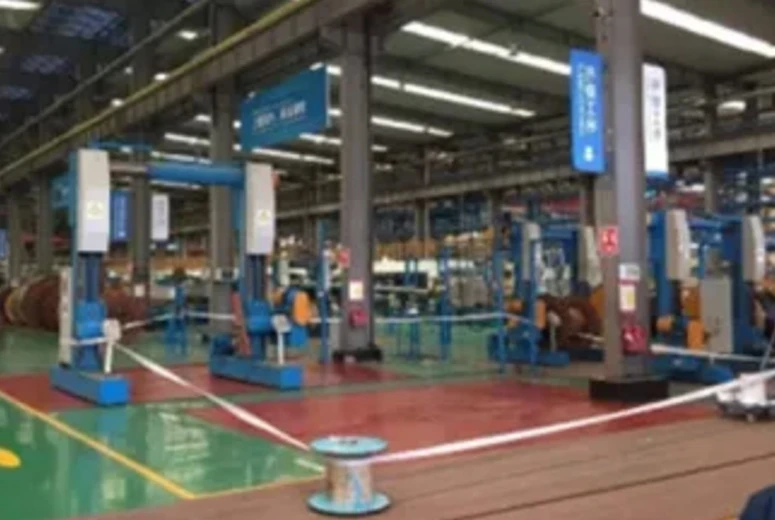Novemba . 22, 2024 07:44 Back to list
swing check valve 6 inch
Understanding Swing Check Valves A Comprehensive Look at 6-Inch Models
Swing check valves are essential components in various piping systems, playing a crucial role in ensuring one-directional flow. Particularly in applications that require the prevention of backflow, a 6-inch swing check valve emerges as a versatile and beneficial choice for many industries. This article delves into the functionality, applications, advantages, and maintenance considerations of 6-inch swing check valves.
Functionality of Swing Check Valves
A swing check valve operates on a relatively simple mechanism. It features a hinged disc that swings open with the flow of liquid and closes automatically when the flow stops or reverses. The design ensures that the fluid only moves in one direction, thus preventing backflow that could lead to contamination or damage in the system. The 6-inch size indicates the valve's diameter, making it suitable for medium to large-scale applications, where adequate flow control is necessary.
Applications of 6-Inch Swing Check Valves
Due to their reliability and efficiency, 6-inch swing check valves find applications in a diverse range of sectors, including
1. Water and Wastewater Treatment In municipal water systems, these valves play a pivotal role in maintaining the flow direction in pipelines and preventing potential contamination.
2. HVAC Systems In heating, ventilation, and air conditioning, swing check valves help control the flow of water and refrigerants, enhancing the efficiency of the system.
3. Industrial Processes Many manufacturing processes rely on swing check valves to regulate flow and prevent backflow in chemical processing, oil and gas applications, and more.
Advantages of 6-Inch Swing Check Valves
There are several advantages associated with the use of 6-inch swing check valves
swing check valve 6 inch

1. Low Pressure Drop Due to their design, swing check valves typically offer lower pressure drops compared to other types of check valves. This characteristic means reduced energy costs for pumping systems.
2. Durability and Reliability Swing check valves are usually constructed from robust materials such as stainless steel, cast iron, or PVC, making them suitable for various environmental conditions. Their reliability ensures longevity and reduces the need for frequent replacements.
3. Simple Installation and Maintenance These valves are relatively easy to install, often requiring less space than other valve types. Additionally, their straightforward design simplifies maintenance procedures, as less specialized intervention is needed.
4. Versatility The ability to handle a wide range of fluids—ranging from water to more viscous substances—makes swing check valves adaptable to numerous applications across different industries.
Maintenance Considerations
While swing check valves are generally low-maintenance, certain practices can prolong their lifespan and ensure optimal performance
1. Regular Inspection Periodic checks for signs of wear, corrosion, or damage can help catch issues before they escalate. This particularly includes checking the disc's sealing surface, which can wear out over time.
2. Cleaning Accumulation of debris can impede the valve's performance. Routine cleaning is advisable, especially in systems conveying dirty liquids or slurries.
3. Proper Installation Referencing manufacturer specifications during installation is essential to ensure the valve functions as intended. Pay attention to orientation, as installing the valve in the wrong direction can lead to inefficiency or failure.
4. Emergency Protocols Implement backup systems and protocols to address potential failures in critical applications, especially in industrial settings.
Conclusion
In summary, a 6-inch swing check valve is an indispensable element in modern piping systems, providing reliable service across a variety of applications. Understanding its functionality, advantages, and maintenance needs can help professionals in various industries select the right valve for their specific requirements. With its ability to ensure unidirectional flow and withstand different fluids, the 6-inch swing check valve remains a popular choice for many engineering and construction projects. Whether in water treatment facilities, industrial operations, or HVAC systems, this valve type continues to showcase its vital role in maintaining efficient and safe fluid transport systems.
Share